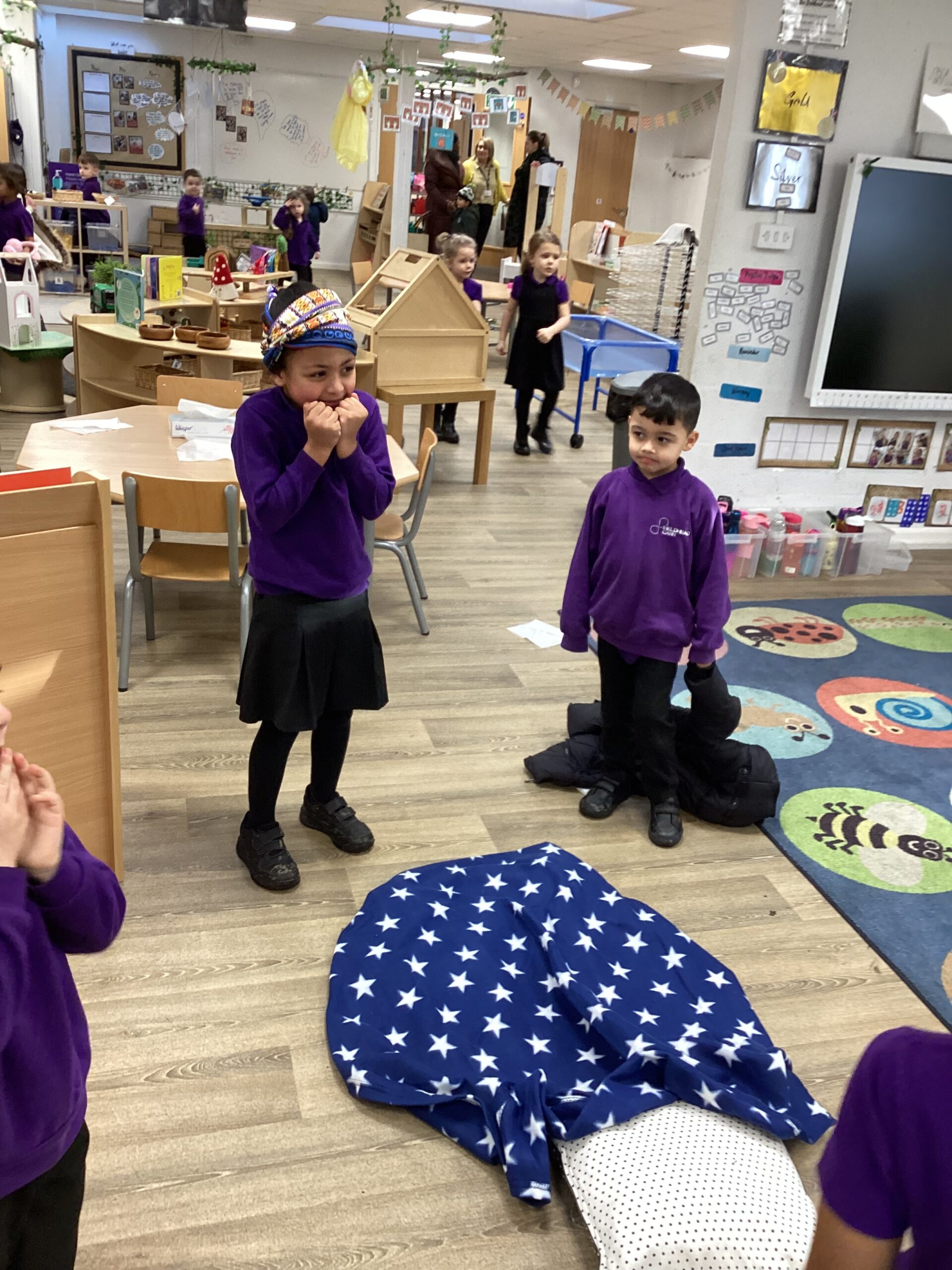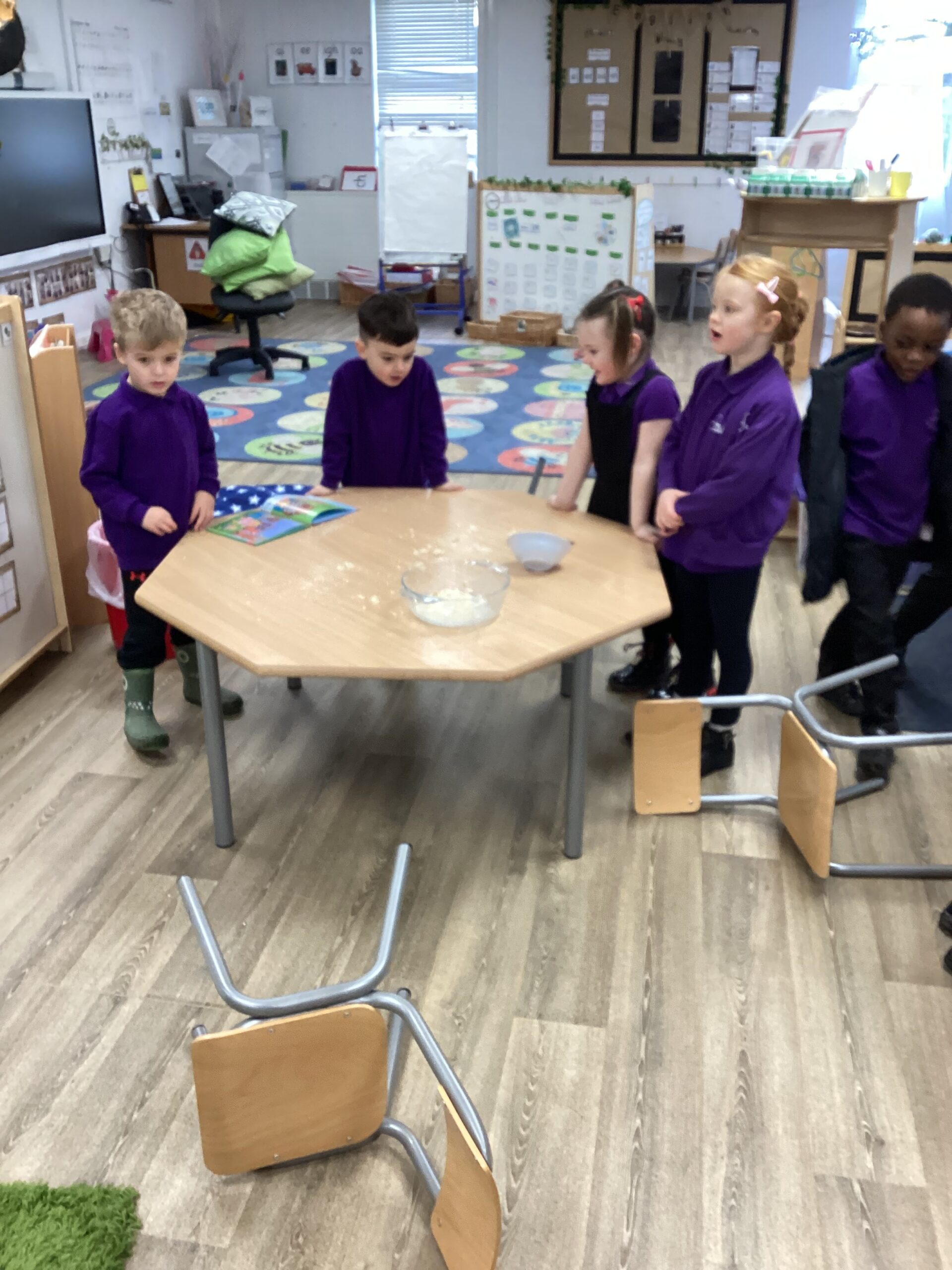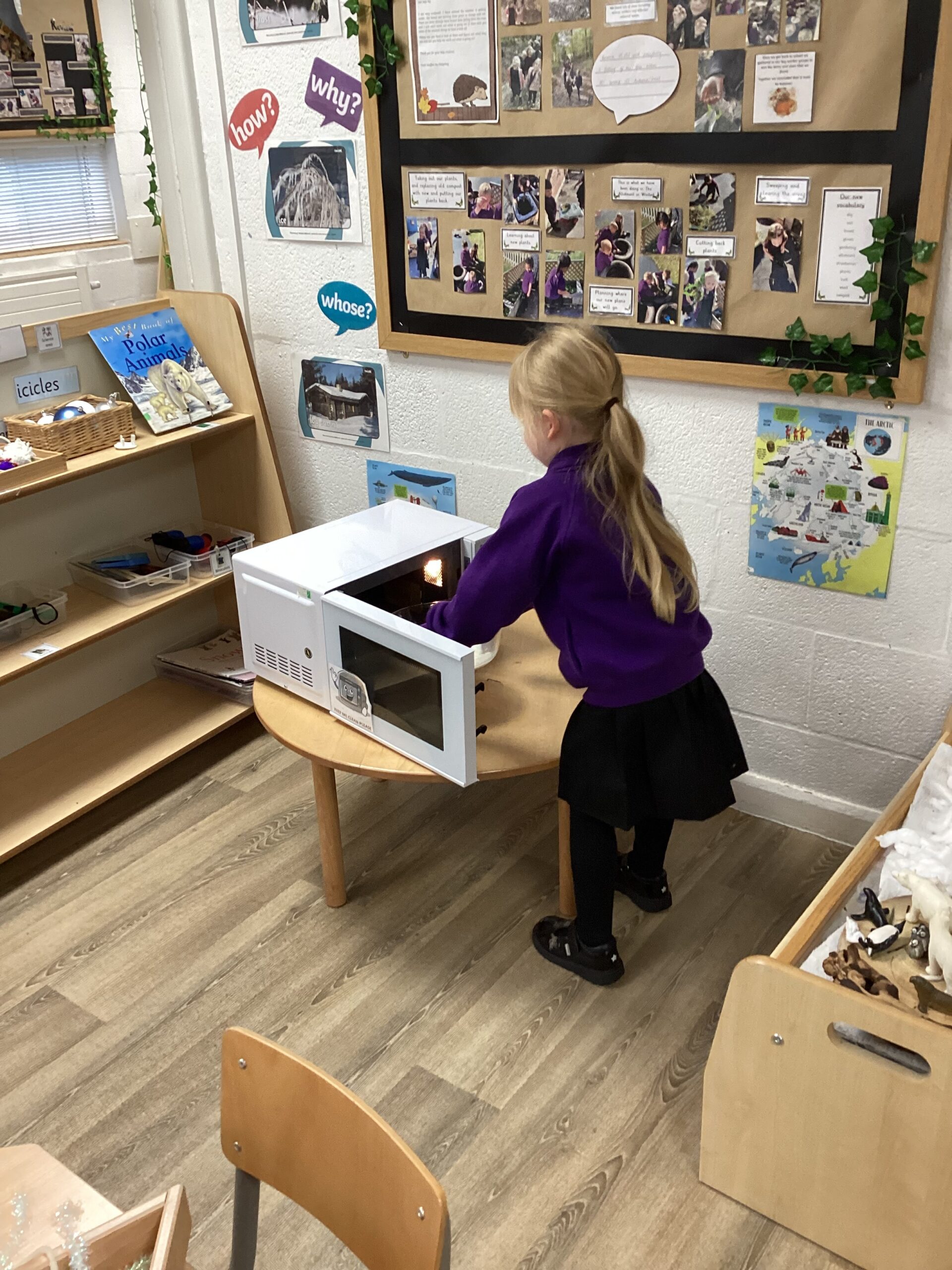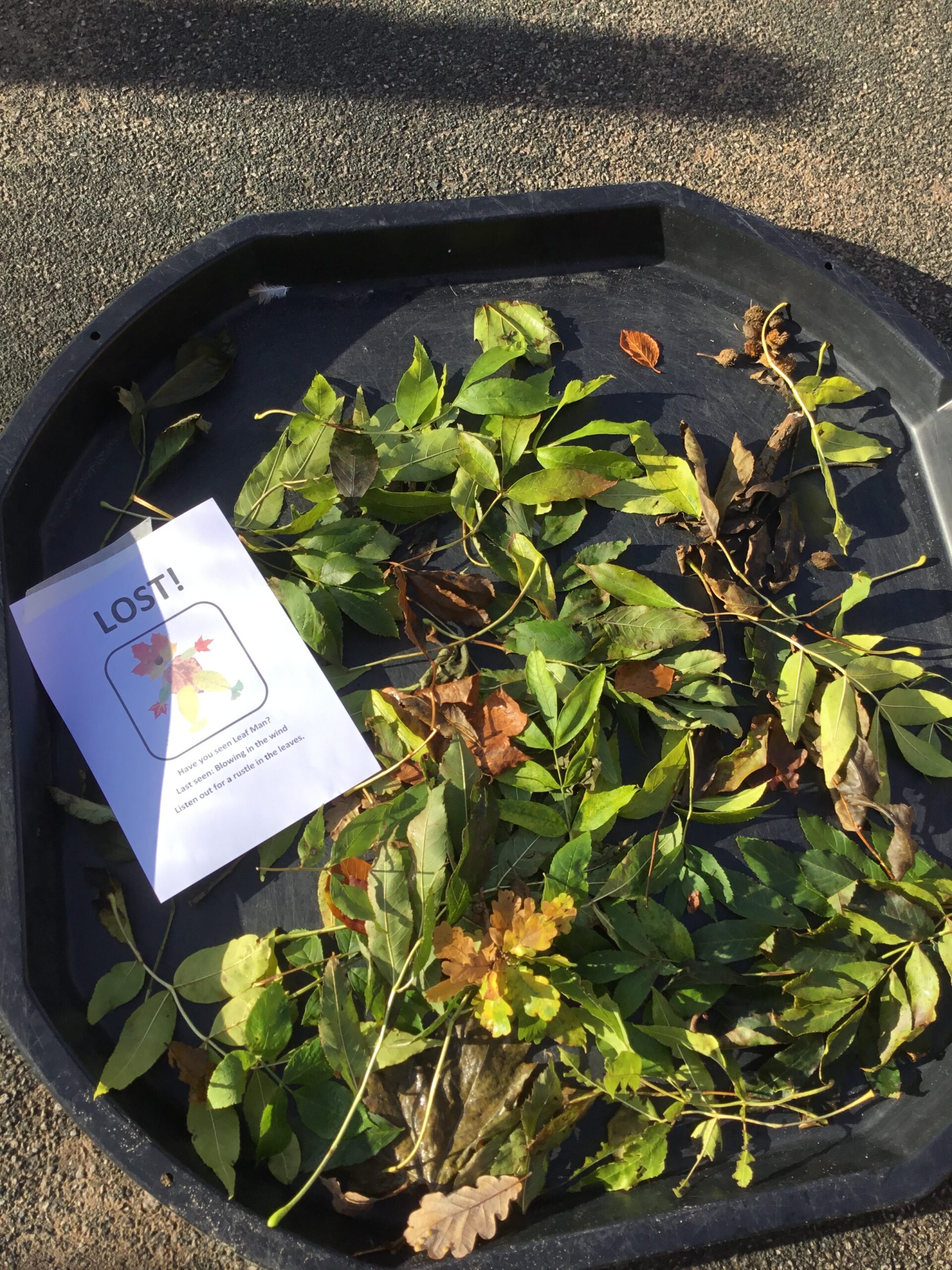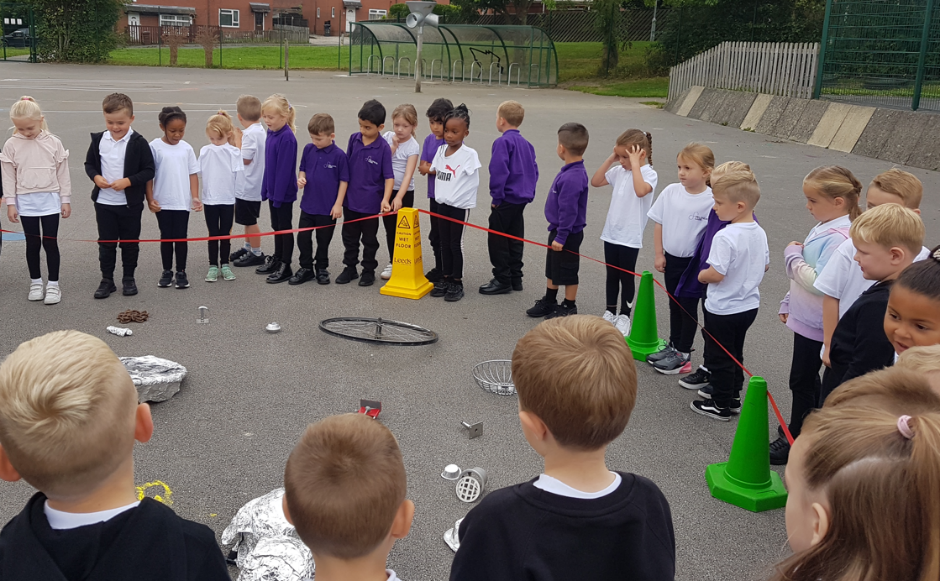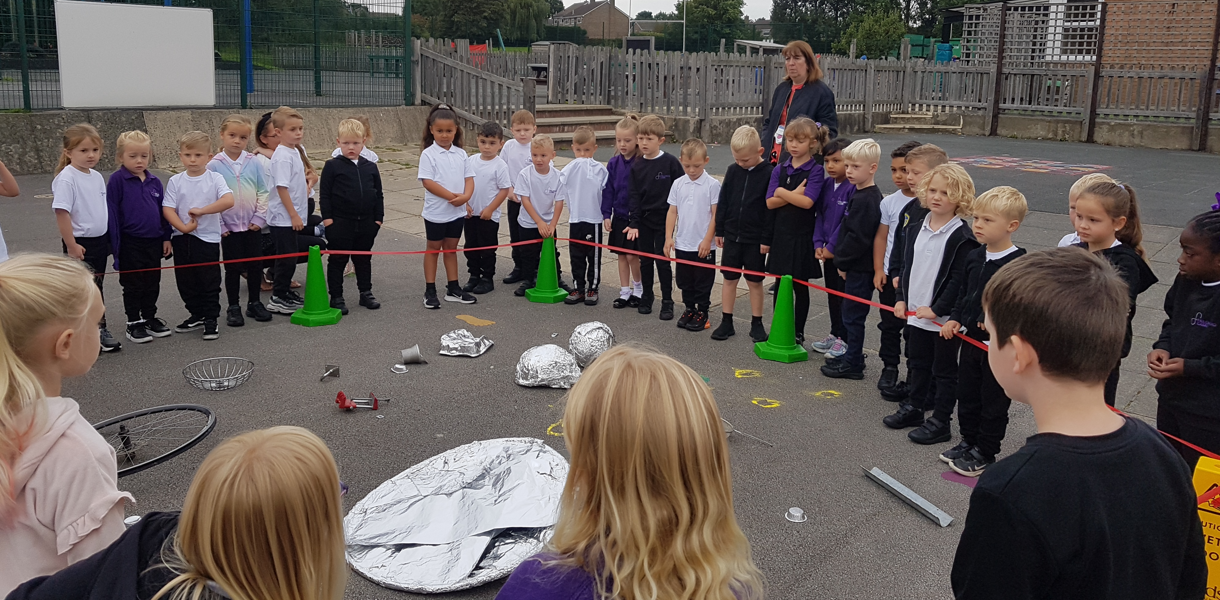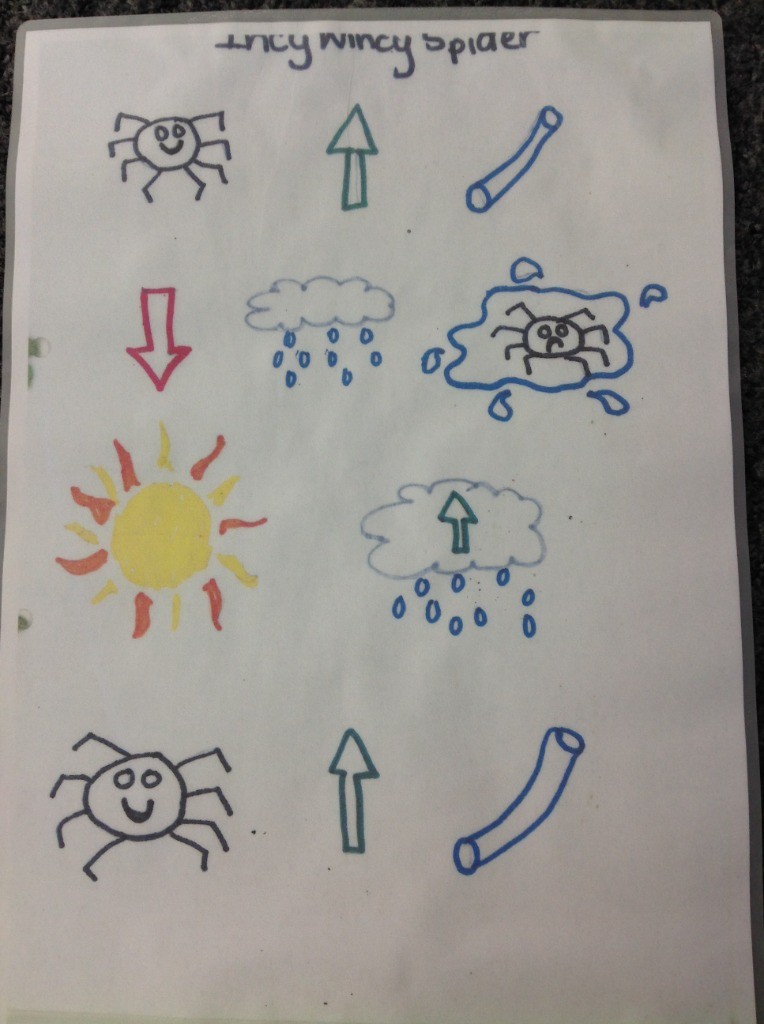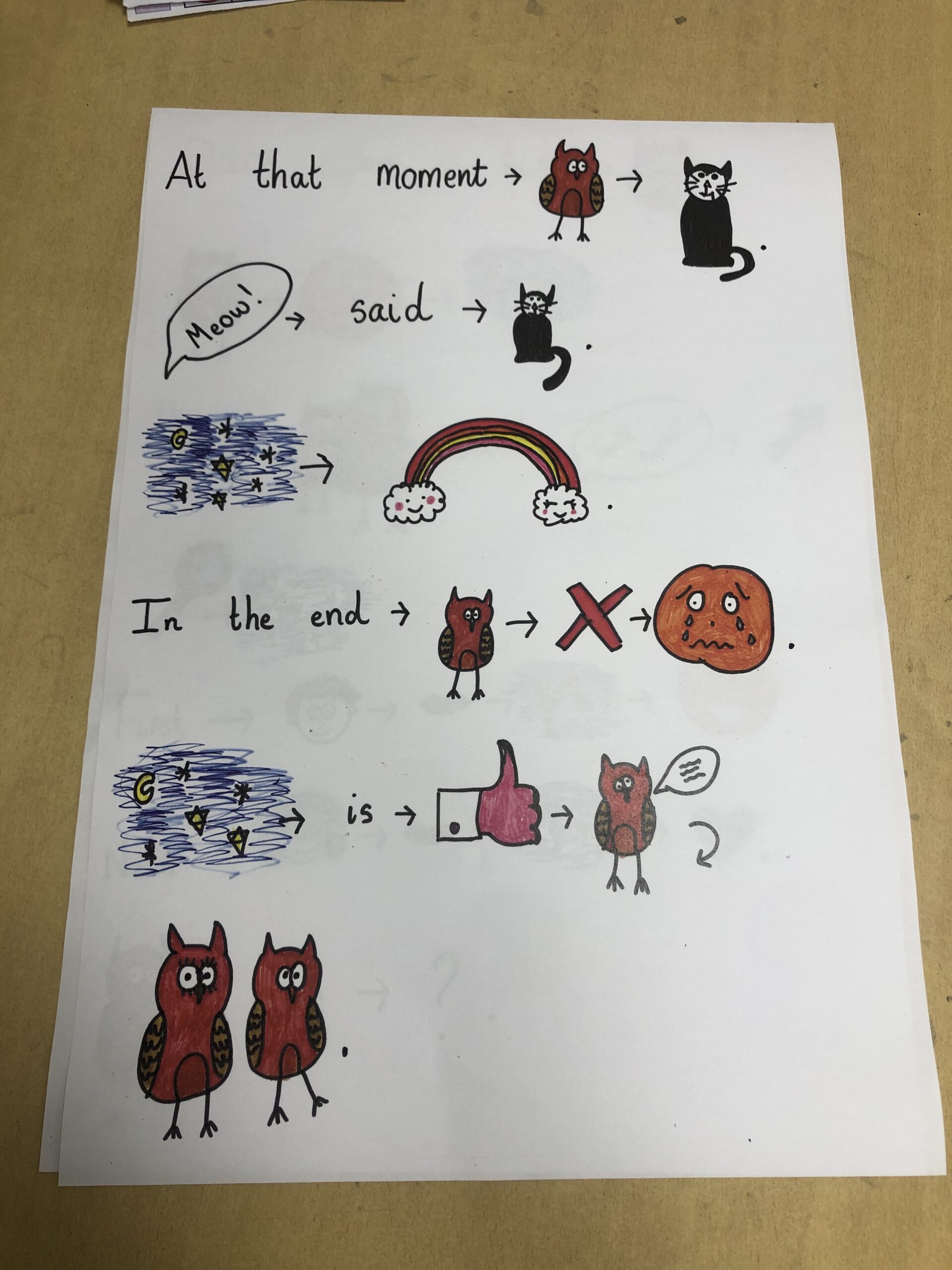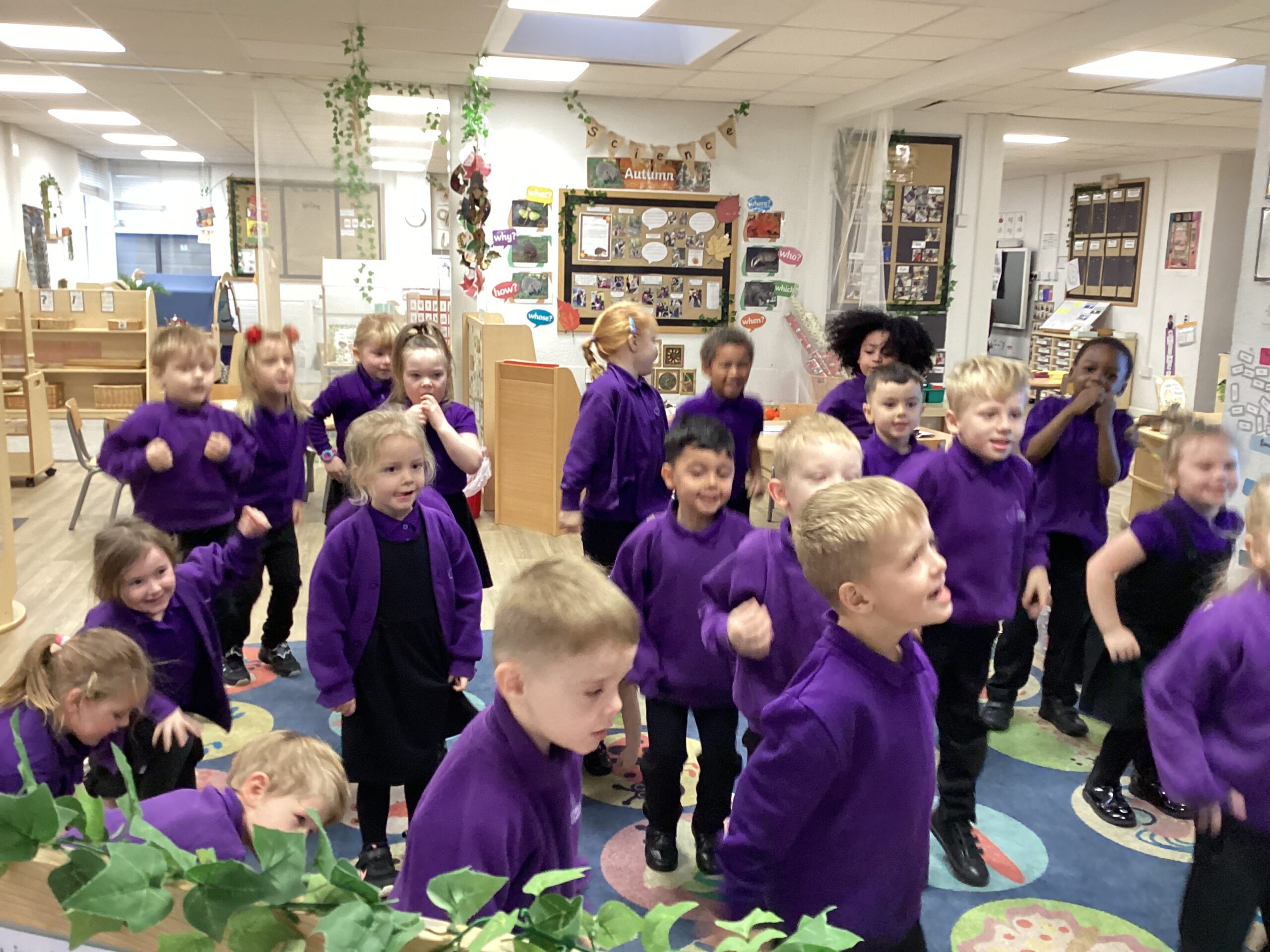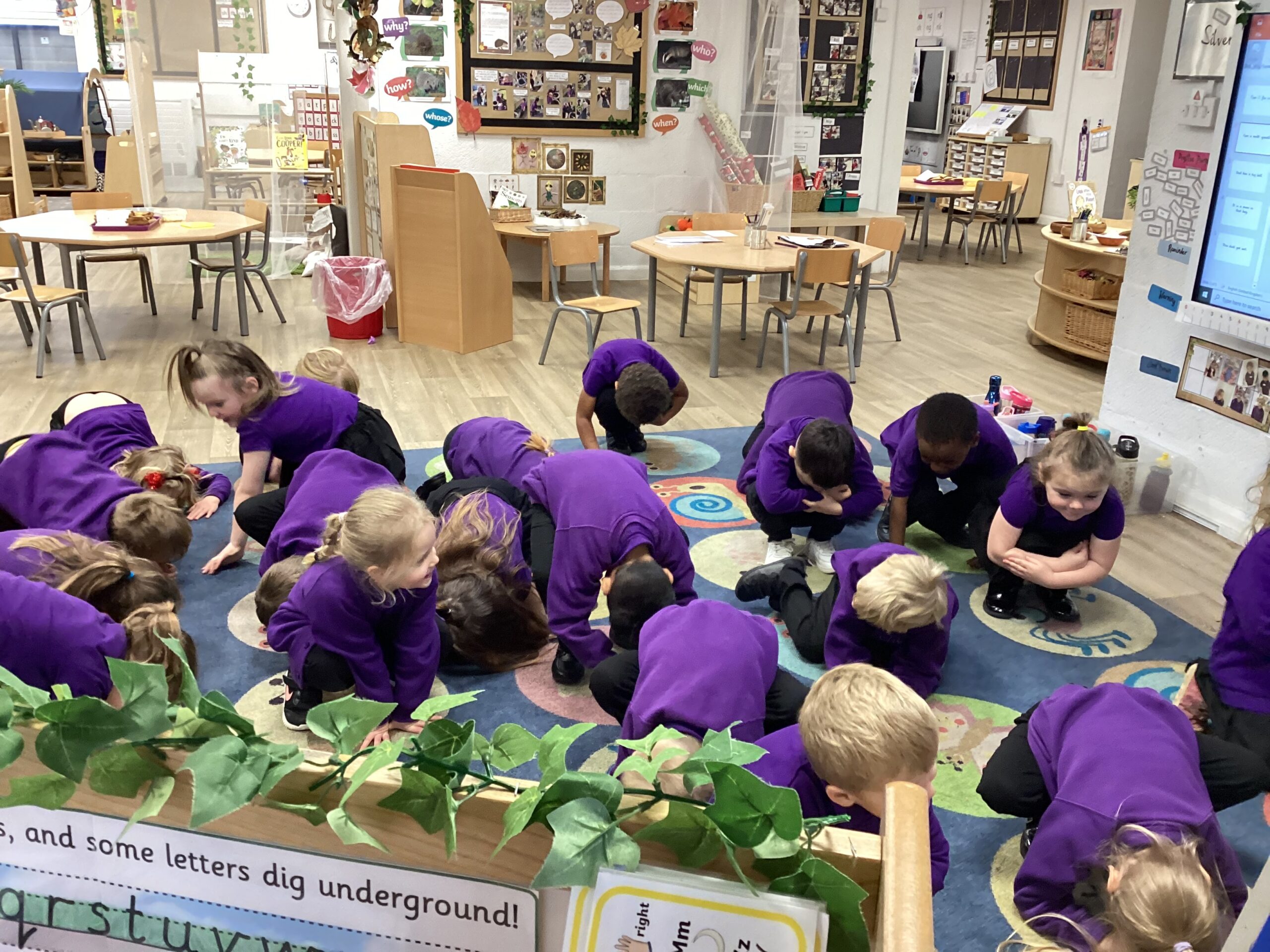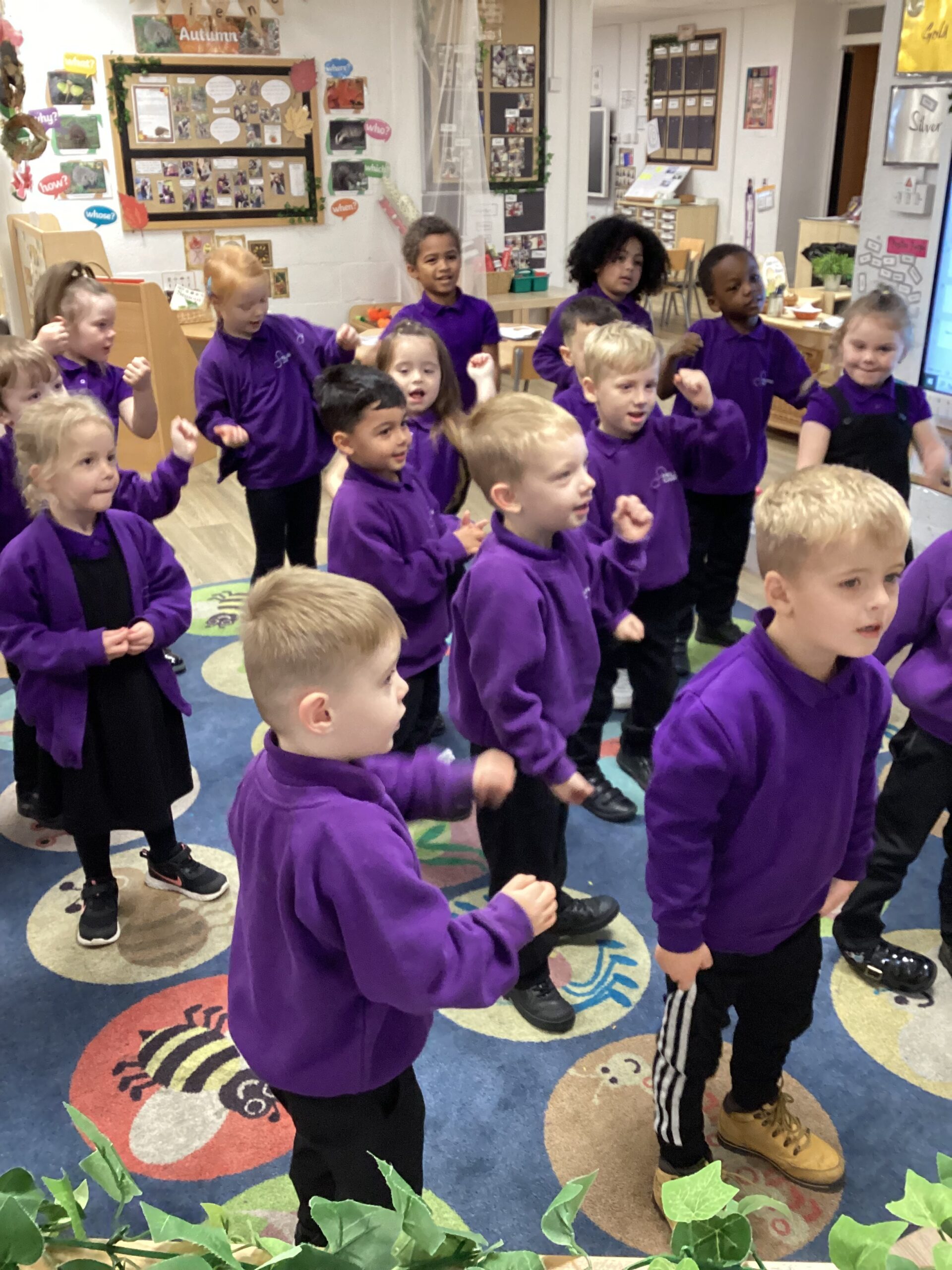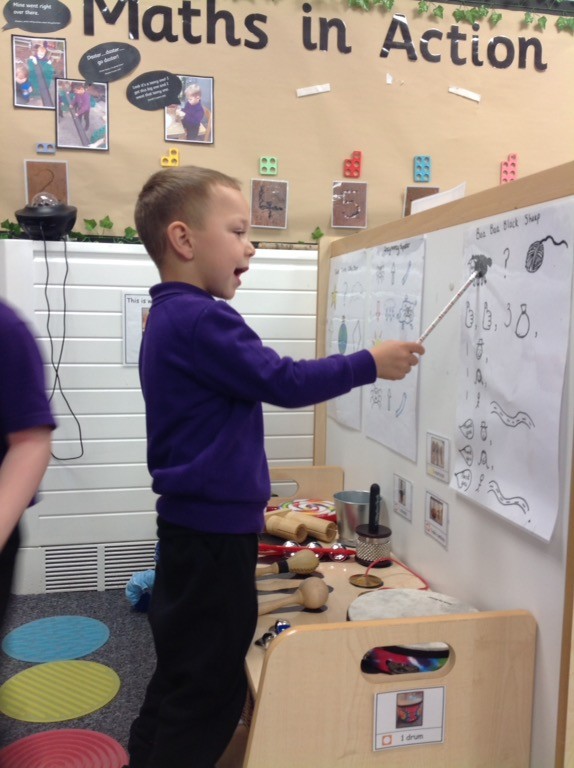Welcome to our Talk for Writing Page
This page contains information about how we use Pie Corbett’s ‘Talk for Writing’ approach at Fieldhead Carr Primary School.
“Spoken language underpins the development of reading and writing. The quality and variety of language that pupils hear and speak are vital for developing their vocabulary and grammar and their understanding for reading and writing.”
National Curriculum
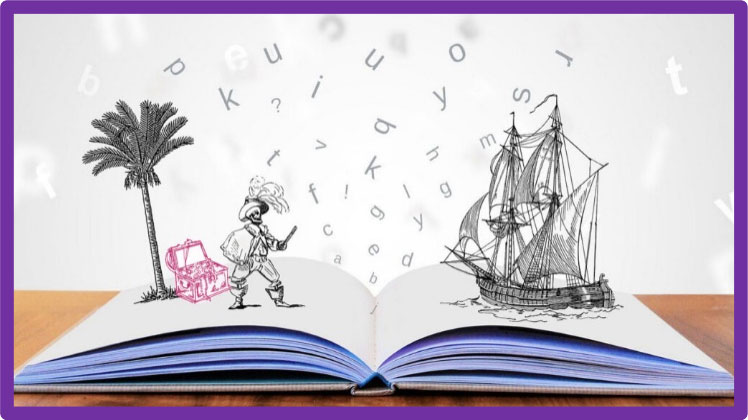
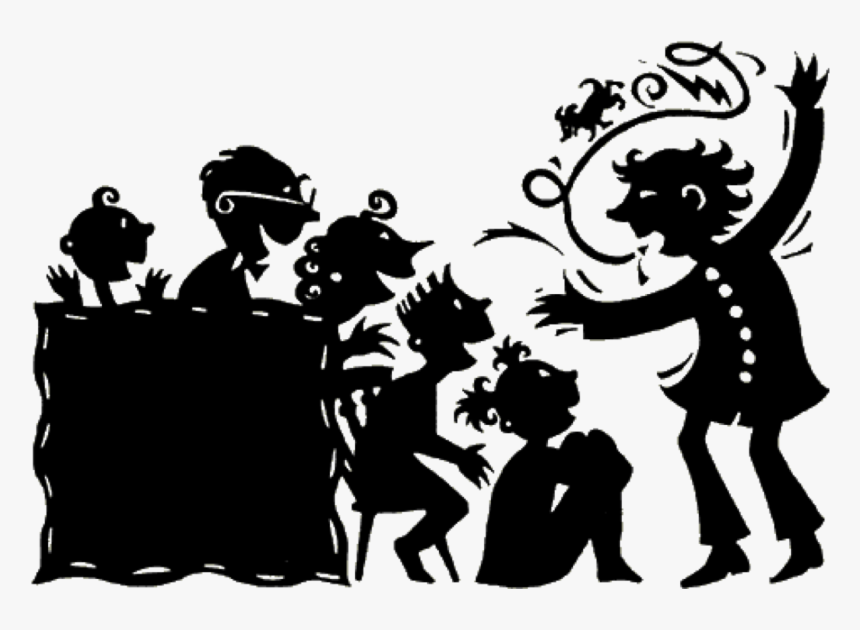
“No story lives unless someone wants to listen. The stories we love best do live in us forever.”
“Words are our most inexhaustible source of magic.”
J.K Rowling
What is ‘Talk for Writing’ and why do we use it?
‘Talk for Writing’ is a powerful teaching framework created by Pie Corbett and Julia Strong which is based on the principles of how we learn. It enables children to imitate the language they need for a particular topic orally, before reading and writing their own version. When children (and adults) are able to internalise the structure of a quality text (by learning it ‘off by heart’), that text is always going to be in their ‘internal bookshelf’ to call upon to support with their own imagination, ideas and understanding of reading and writing.
How does ‘Talk for Writing’ Work?
The ‘Talk for Writing’ approach is split into three main stages, which are: Imitation, Innovation and Invention. Continue reading to find out more about each stage of the process:
Imitation
Each new teaching unit of learning begins with a creative ‘hook’ which engages the children in the text they are about to learn. The ‘hook’ often has a sense of enjoyment, audience and purpose.
Here are some examples of our story hooks:
Children then move on to learning the model text, which could be fiction or non-fiction. The model text is pitched above the pupils’ level which introduces them to language patterns and story structures. Children learn their model text using a ‘text map’ which helps them to learn the text off by heart using actions. We have a bank of story-telling actions that we build upon each year and our ‘Text Maps’ use simple drawings to tell the story.
Here are some examples of our story maps and story actions:
Here are some of our children imitating different stories!
Innovation
When the children are familiar with the model text, the teacher leads them into creating their own versions. A new subject is presented and the teacher leads students through planning. With younger pupils, this is based on changing the basic map and retelling new versions.


Invention
Eventually, children can then apply independently what has been taught and practised. Before this happens, the teacher may decide to give further input and rehearsal. Students are guided through planning, drafting and revising their work independently.
Our Year Group Overview of T4W Texts
Here are our T4W Retelling Texts for each year group:
What can I do to support my child at home?
You can support your child at home by reading the story they are learning and helping them practise retelling the story. Perhaps you can even think of some new characters, settings and ideas for the story together! The main thing is to have lots of fun learning stories!
Talk For Writing Website
Please follow the link to the Talk4Writing website to find out more information:

